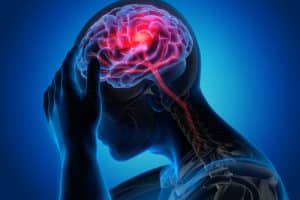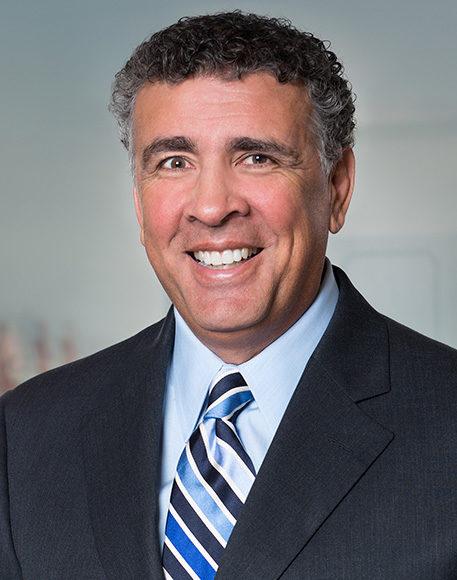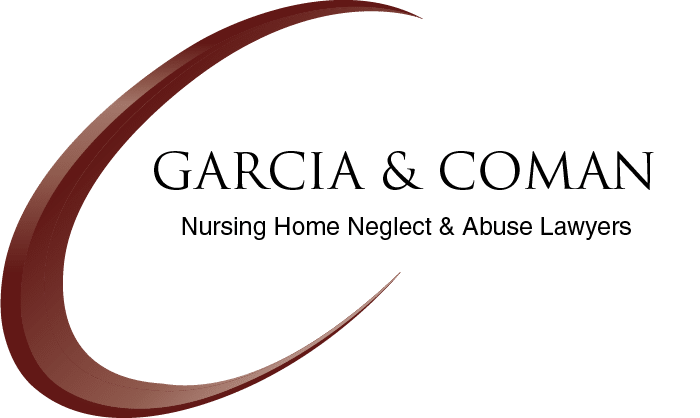Think You’re Too Young for a Stroke? Think Again
 Strokes are not just for older people. The number of strokes occurring in people ages 18 to 45 is rapidly increasing.
Strokes are not just for older people. The number of strokes occurring in people ages 18 to 45 is rapidly increasing.
According to the American Stroke Association, stroke rates double every 10 years after age 55. However, according to a 2022 research article published in the American Heart Association journal Stroke, new cases of intracerebral hemorrhage (ICH) (a life-threatening type of stroke) have risen 11 percent over the past 15 years. Minority populations continue to be at a higher risk of strokes, along with young and middle-aged Americans.
What is a stroke?
A stroke occurs as a result of sudden bleeding in the brain or when the blood flow to the brain is obstructed. There are two main types of strokes:
- Ischemic stroke. An ischemic stroke happens when blood flow to the brain is blocked and the brain is unable to get the oxygen and nutrients it needs from the blood. Without oxygen and essential nutrients, brain cells will start to die almost immediately. Almost 90 percent of all strokes are ischemic.
- Hemorrhagic stroke. Sudden bleeding (hemorrhaging) in the brain leads to a hemorrhagic stroke. The surplus blood puts pressure on brain cells and causes damage. About 10 percent of all strokes result from internal bleeding.
A transient ischemic attack (TIA) is a mini-stroke caused by a temporary blood clot in the brain. Although TIAs don’t usually cause permanent damage, they may be a warning of a potential serious stroke to come.
What should I do if I think I’m having a stroke?
A stroke is always considered a medical emergency because it can lead to brain damage, permanent disability, or death. Symptoms of stroke commonly include:
- A sudden, severe headache
- Difficulty speaking or understanding speech
- Dizziness
- Mild weakness
- Paralysis or numbness on one side of the face or body
- Vision problems, including blindness in one or both eyes
If you suspect that you or someone you love is experiencing a stroke, seek medical attention immediately. Every minute counts.
What causes life-threatening strokes?
Intracerebral hemorrhage is commonly caused by arteriovenous malformations (AVM), head trauma, or high blood pressure.
- Arteriovenous malformations (AVMs). AVMs occur when a group of blood vessels in the body form improperly, e.g., when arteries and veins are tangled and directly connected, forcing blood to bypass normal tissues. AVMs typically happen in utero or shortly after birth. Most people with AVMs don’t have symptoms. Instead, the condition is discovered when they are receiving treatment for another medical issue. Although most people with AVMs don’t have problems, some experience uncontrolled bleeding or hemorrhage. Stroke is a serious complication connected to AVMs.
- Head trauma. Head trauma sustained in a traumatic brain injury (TBI) that damages the small or large blood vessels in the brain can lead to a stroke, blood clots, or other serious medical conditions. According to a study published in the medical journal Frontiers in Neuroscience, traumatic brain injury is linked to hemorrhagic and ischemic stroke. The researchers found that those suffering a TBI were more than twice as likely to have a stroke. In TBI patients, the risk of hemorrhagic stroke is significantly higher than ischemic stroke.
- High blood pressure. Also known as hypertension, high blood pressure occurs when the blood presses against the artery walls at a high pressure, making the heart work harder to pump blood. Generally, high blood pressure is diagnosed when a blood pressure reading exceeds 130/80. Normal blood pressure is below 120/80. When not properly treated, high blood pressure increases the risk of heart attack, stroke, and other severe health conditions.
What are the risk factors for strokes?
Certain people are more at risk of suffering a life-threatening stroke than others. Besides high blood pressure, some other factors that increase an individual’s odds of having a stroke include:
Diabetes
Diabetes, also known as diabetes mellitus, is a condition that causes blood sugar to increase. People who have been diagnosed with diabetes are twice as likely to suffer a stroke than those who have not. The connection between diabetes and stroke is connected to how the body handles blood glucose levels. Too much glucose in the blood increases the risk of clots in blood vessels, which can lead to strokes.
Obesity
People who are overweight are at risk for developing numerous cardiovascular diseases, including strokes. According to the World Stroke Organization, those who are overweight are 22 percent more at risk for stroke. For those considered obese, the risk is 64 percent higher. Being overweight increases the risk of high blood pressure, heart disease, high cholesterol and type 2 diabetes, all contributing to a higher risk of stroke.
Smoking
Those who smoke cigarettes tend to have higher blood pressure and reduced levels of oxygen in the blood, and both result in a higher risk for strokes. Smoking increases stroke risk because it causes inflammation and damage to the blood vessels. This can cause plaque to build up in the arteries, making it harder for the heart to pump blood. Smoking also constricts the arteries, impacting blood circulation.
Gender
Women are more likely to have strokes than men, potentially due to pregnancy and the use of birth control pills. According to the Centers for Disease Control and Prevention (CDC), stroke is the fifth leading cause of death in women. High blood pressure, particularly during pregnancy, puts women at a higher risk for strokes, as does smoking while using birth control medications. Stroke risk increases with age. Because women live longer than men, their stroke risk increases.
Those living in long-term care facilities are often at risk for strokes due to mismanagement of diabetes, high blood pressure, and other serious health conditions. If you or your loved one suffered a stroke related to medical conditions not properly treated due to negligence or neglect, Garcia & Coman are here to help. We proudly serve elders in Phoenix, Long Beach, Los Angeles, Louisville, and New Orleans. Call or fill out our contact form to schedule your free initial consultation today.

Stephen M. Garcia represents victims of elder and nursing home abuse and is known as one of the leading civil litigators in the country. He is Senior Partner at Garcia & Coman, where the firm’s practice is focused on elder abuse, nursing home abuse, and wrongful death of the elderly.
Find out more about Stephen M. Garcia

